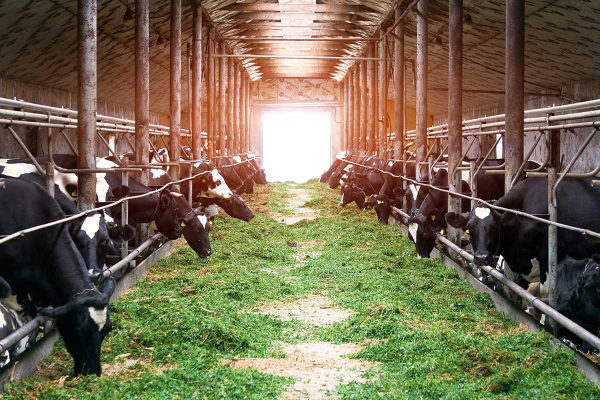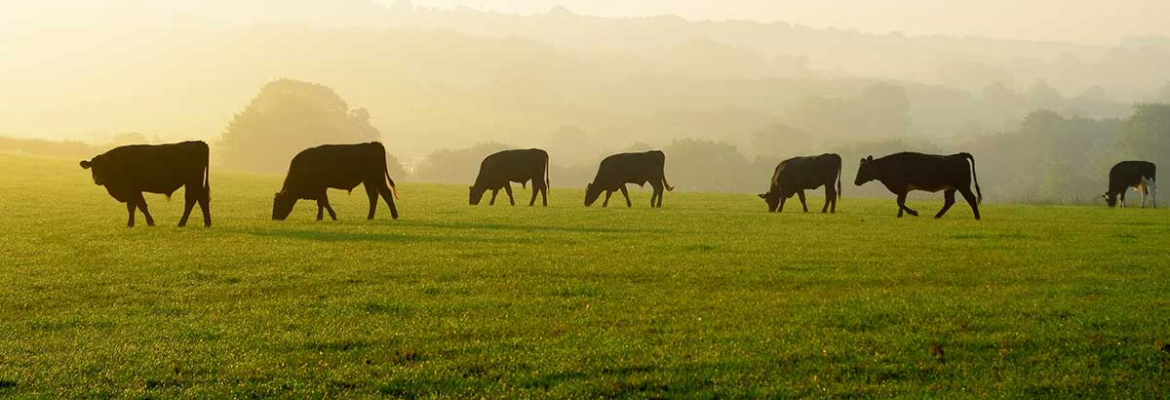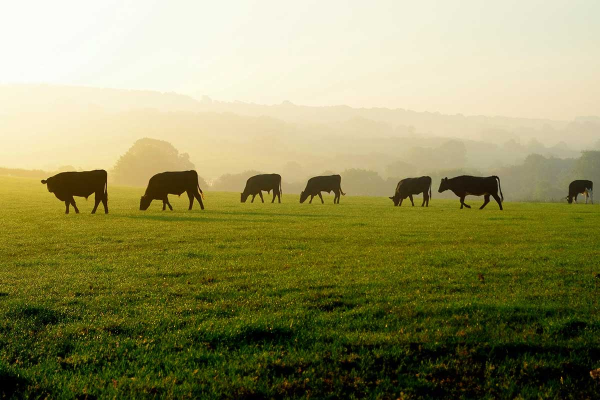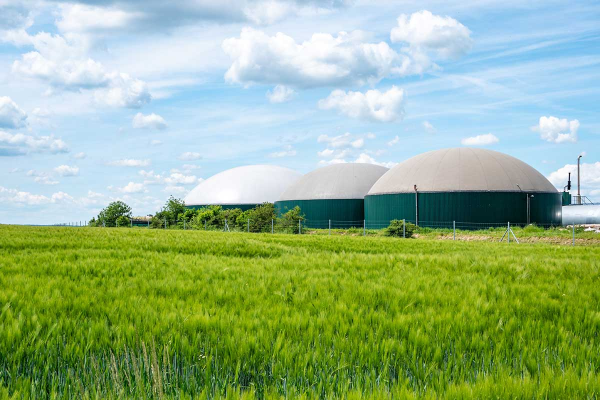

An intercrop is planted between two main crops. But what is the difference between a nitrate-fixing intermediate crop and a catch crop? Are they related? What are their purposes? Find out in this article.
Nitrate-fixing intermediate crops and catch crops: both intercrops fix nitrates but have different uses
In agriculture, a nitrate-fixing intermediate crop is planted to fix nitrogen in the soil to prevent nitrate leaching. A catch crop can be used for the same purpose. However, catch crops have another specific purpose once grown. Catch crops are removed from the field when mature, whereas nitrate-fixing intermediate crops can be left in place, or mixed into the soil, and used as green manure.
Catch crops are used for:
- Feeding the livestock.
- Pasture.
- Supplying a methanizer.



The crop is cut, baled, or sometimes siloed for feeding the livestock. It can be distributed immediately, as green forage, or as dry hay, or after fermentation (wrapped or siloed). For pasture, animals are taken to the field to graze the crop. For supplying a methanizer, the catch crop is known as a Biofuel-Producing Cover Crop (CIVE: from French « Culture Intermédiaire à Vocation Energétique ». The entire plant is cut and put in a silo. This supplies methanization units to produce gas (methane, CO2), electricity, or heat.
Grasses, legumes...which cover crops can be sown before a spring or winter crop?
If the cover crop is to be used as a catch crop and removed from the field, the choice is based on the species’ biomass-producing capacity, as well as on nutritional or methane-generating criteria.
If the catch crop is to be used to feed the herd, varieties such as forage rape, sorghum and oats are suitable. If buckwheat is used, it needs to be harvested, and the seeds used for fodder.
If the crop is to be used to supply a methanizer, it is possible to:
- Plant one of the following crops alone: spring oats, forage rape, maize, yellow millet, forage moha, white mustard, turnip, turnip rape, niger, spring barley, forage radish, or buckwheat.
- Plant a mix of cover crops such as: oats / phacelia, or oats / vetch, or moha / clover.
Catch crops as intermediate crops: benefits and drawbacks
Catch crops as intercrops produce forage with no competition from a main crop. The cover crop is sown and grown during a period when the soil would otherwise be bare. This increases production without the need for a larger surface area. It also means more of a guarantee of sufficient forage production in a context of unpredictable weather conditions. If being used to produce biomass for a methanizer, it contributes to local energy production without competing with food production.
Catch crops can also fix nitrates, provided the right crop is chosen. But they are not used to fertilize the following crop, since they are harvested. The nitrogen absorbed is not returned to the soil. For catch crops to be worthwhile, they must be managed so as to keep costs down.
Sources:
- https://hautsdefrance.chambres-agriculture.fr/fileadmin/user_upload/Hauts-de-France/029_Inst-Hauts-de-France/Techniques-et-productions/Cultures/herbe/guide_cultures_derobees.pdf
- http://www.agro-transfert-rt.org/wp-content/uploads/2016/02/OPTABIOM_Bien_choisir_ses_cultures_d%C3%A9rob%C3%A9es.pdf
